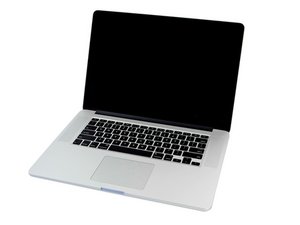What Is Isopropyl Alcohol and How Is It Used?
Isopropyl alcohol (2-propanol), also known as isopropanol or IPA, is the most common and widely used disinfectant within pharmaceutics, hospitals, clean rooms, and electronics or medical device manufacturing. Different solutions, purity grades, concentrations, and alcohol types yield beneficial cleaning and disinfection properties when applied correctly; or dangerous consequences when used improperly. This post will help you identify key uses, best practices, and proper disinfection with isopropyl alcohol. Likewise you can see our other posts on IPA as a universal cleaner and the importance of high-quality USP IPA.
Isopropyl alcohol, particularly in solutions between 60% and 90% alcohol with 10 – 40% purified water, is rapidly antimicrobial against bacteria, fungi, and viruses. Once alcohol concentrations drop below 50%, usefulness for disinfection drops sharply. Notably, higher concentrations of alcohol don’t generate more desirable bactericidal, virucidal or fungicidal properties.
Solutions > 91% IPA may kill some bacteria, but require longer contact times for disinfection, and enable spores to lie in a dormant state without being killed. A 50% isopropyl alcohol solution kills Staphylococcus Aureus in less than 10 seconds (pg. 238), yet a 90% solution with a contact time of over two hours is ineffective. Some disinfectants will kill spores with exposures times that exceed 3-12 hours, which are classified as chemical sterilants. So why do higher alcohol solutions yield fewer results for bactericidal and antimicrobial outcomes?
The presence of water is a crucial factor in destroying or inhibiting the growth of pathogenic micro organisms with isopropyl alcohol. Water acts as a catalyst and plays a key role in denaturing the proteins of vegetative cell membranes. 70% IPA solutions penetrate the cell wall more completely which permeates the entire cell, coagulates all proteins, and therefore the micro organism dies. Extra water content slows evaporation, therefore increasing surface contact time and enhancing effectiveness. Isopropyl alcohol concentrations over 91% coagulate proteins instantly. Consequently, a protective layer is created which protects other proteins from further coagulation.
Был ли этот ответ полезен?
Проголосовали
Отменить
Оценка
4
Отмена
Прокрутите эту тему, чтобы найти подходящее место для этого комментария. Затем нажмите «Прикрепить комментарий к этому сообщению», чтобы переместить его.

 3
3  6
6 
 66
66 

1 Комментарий
Add water to dilute it. I used pure methanol that I use on boards,
из mayer